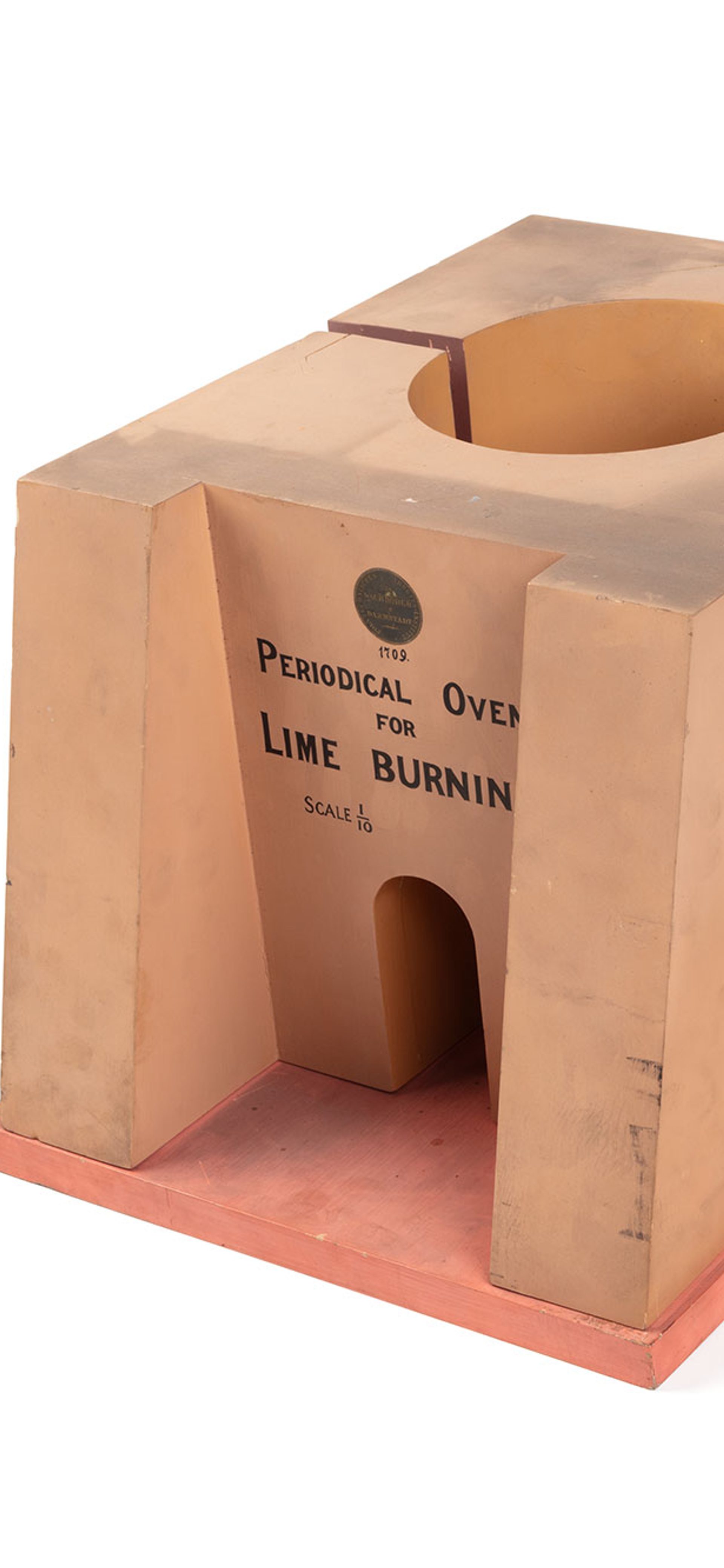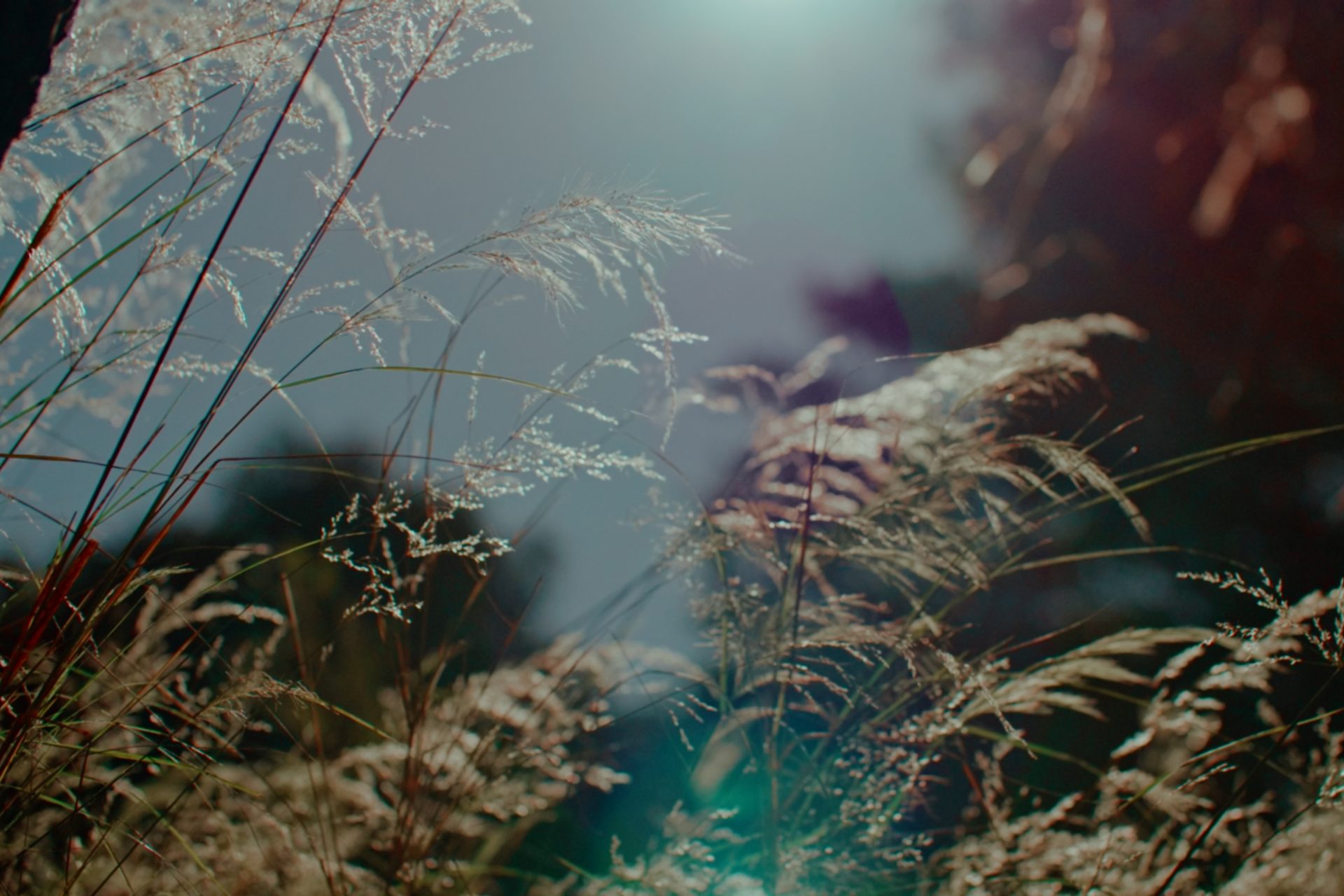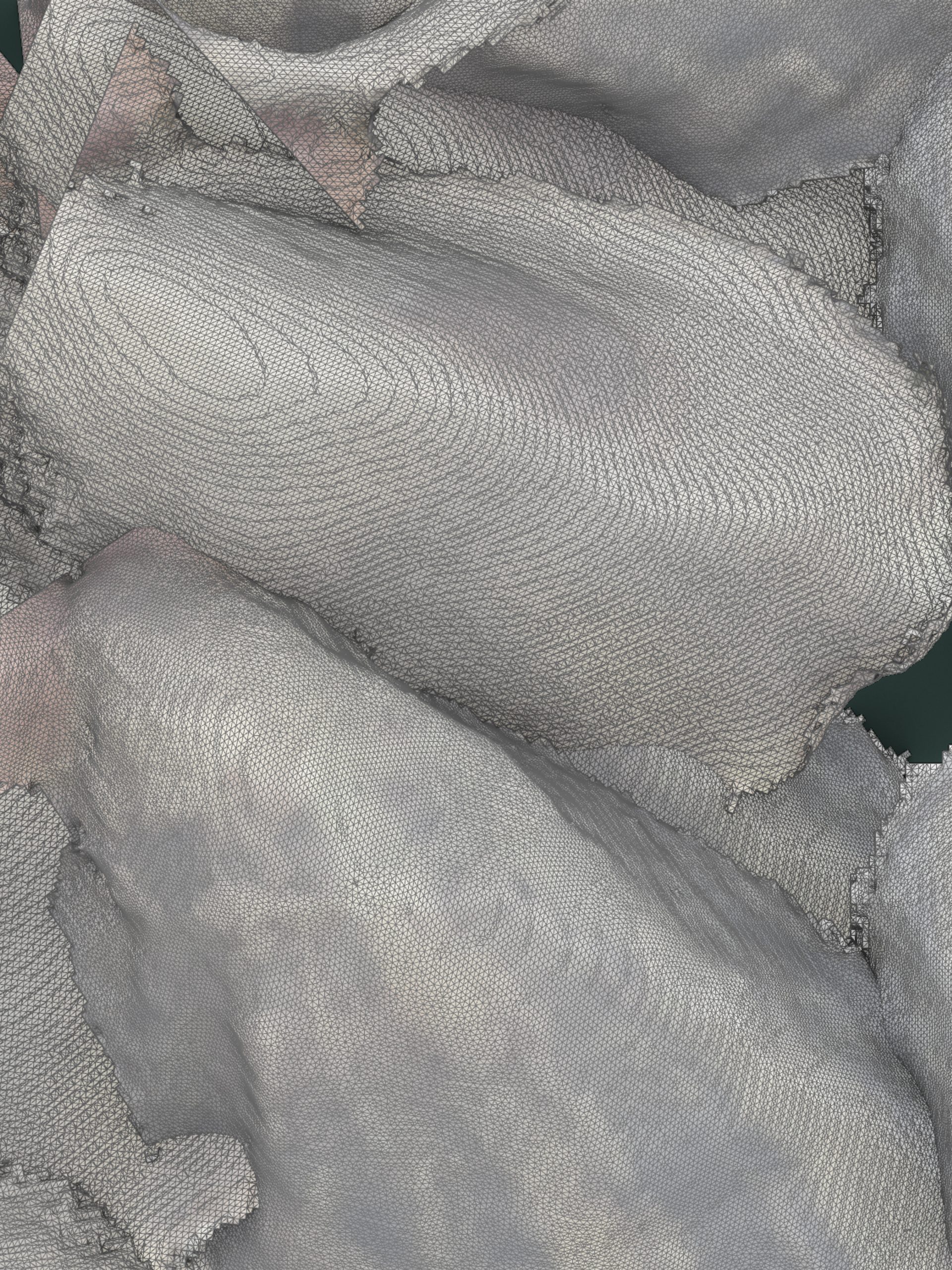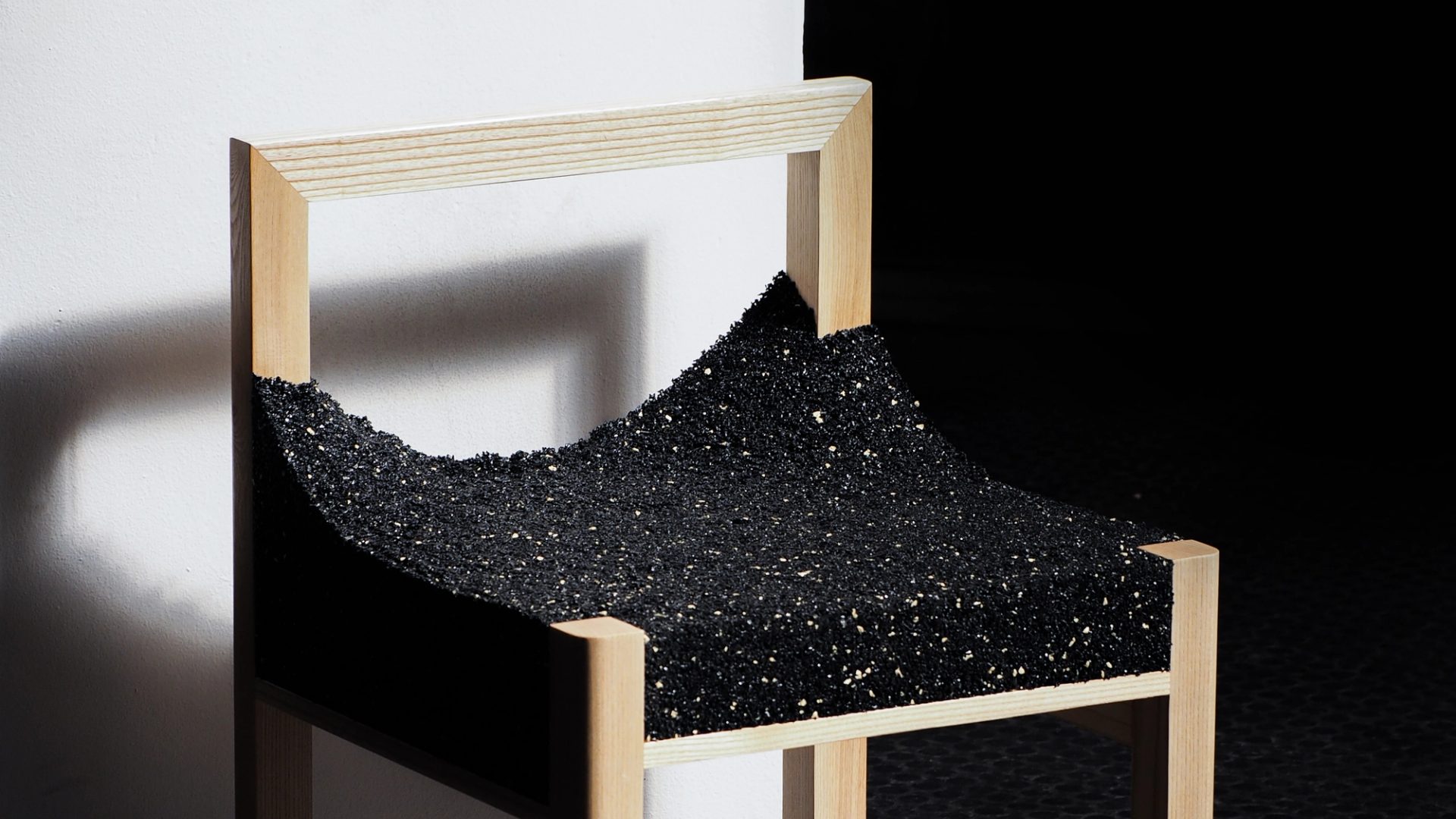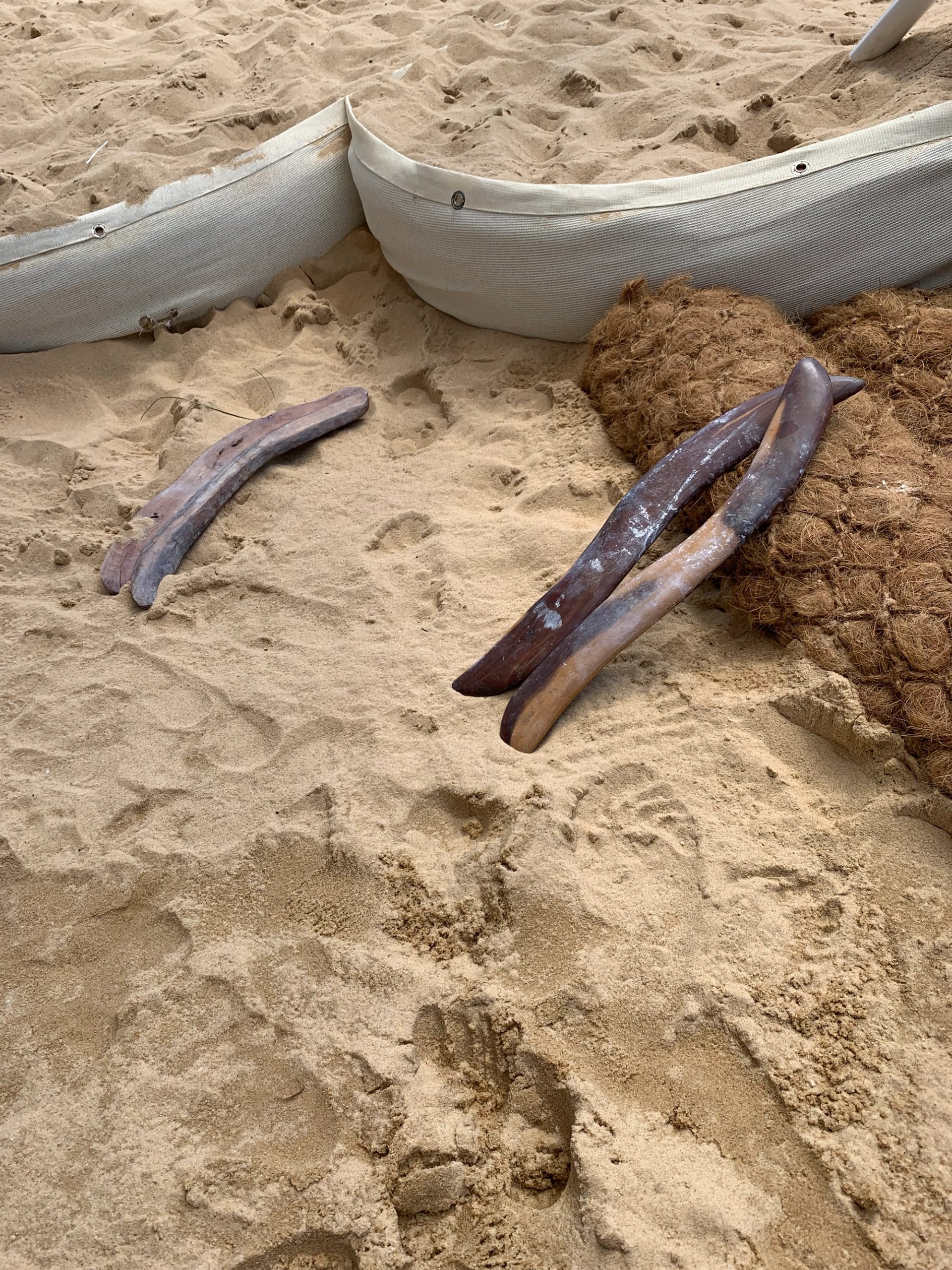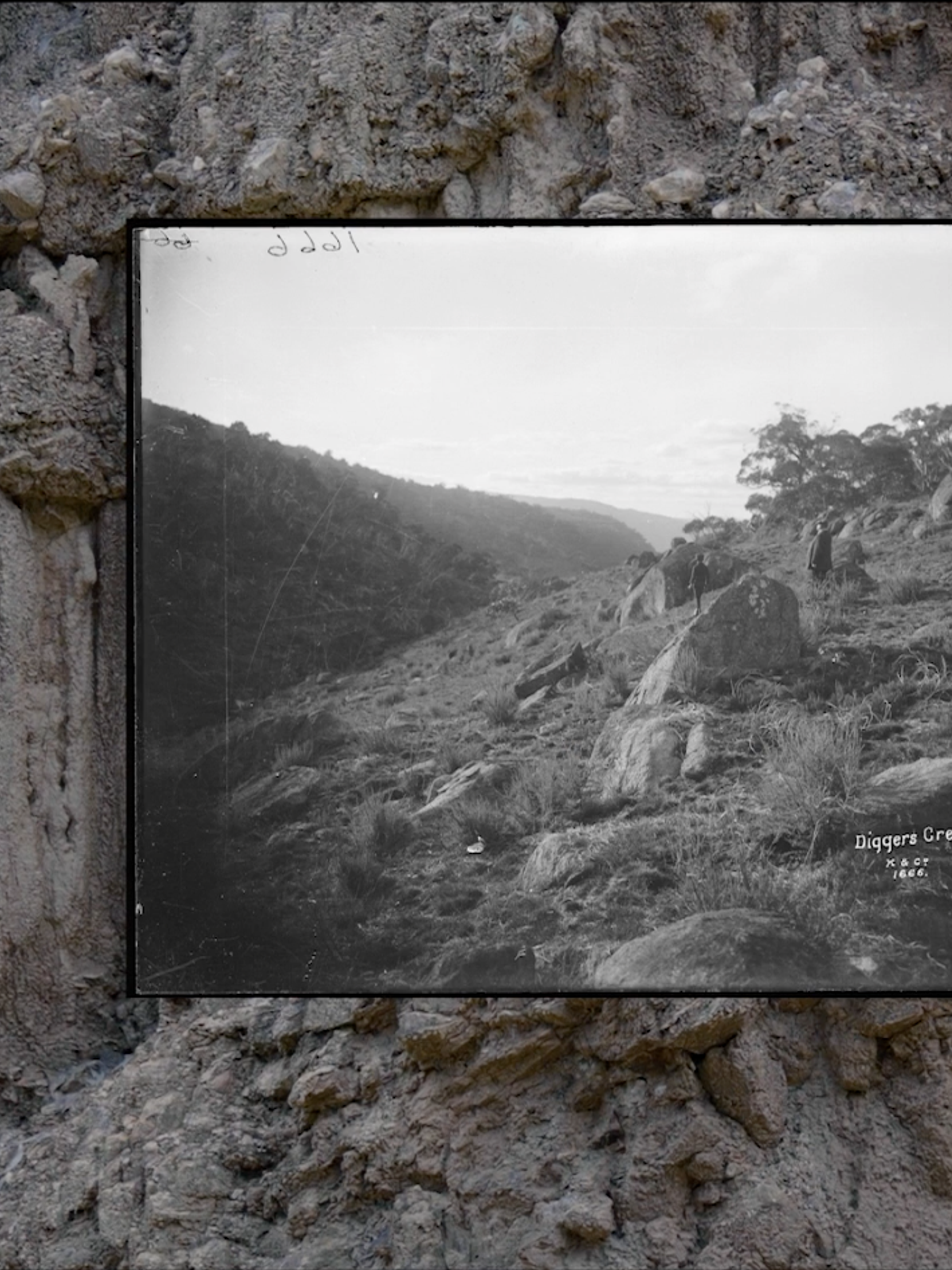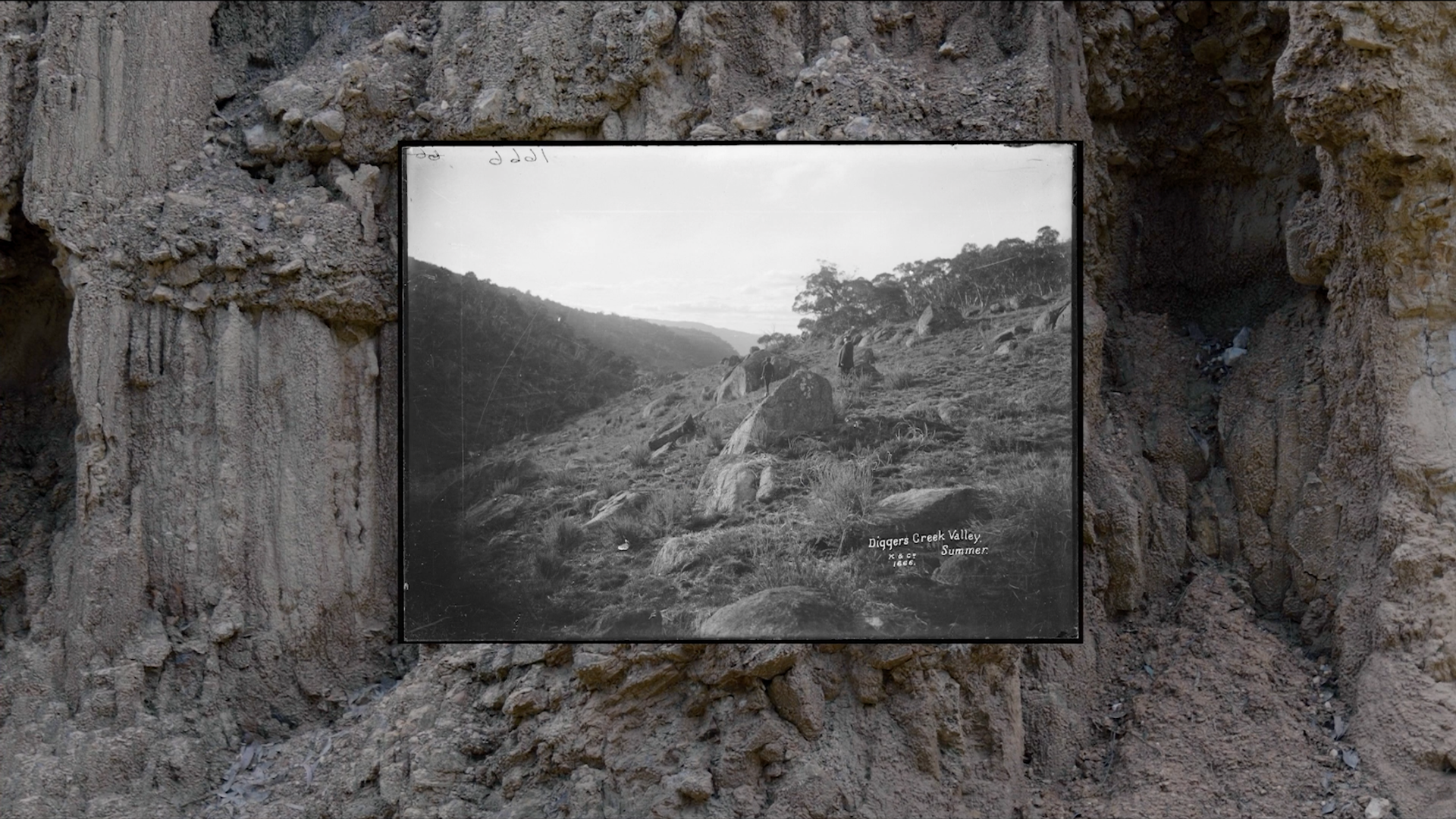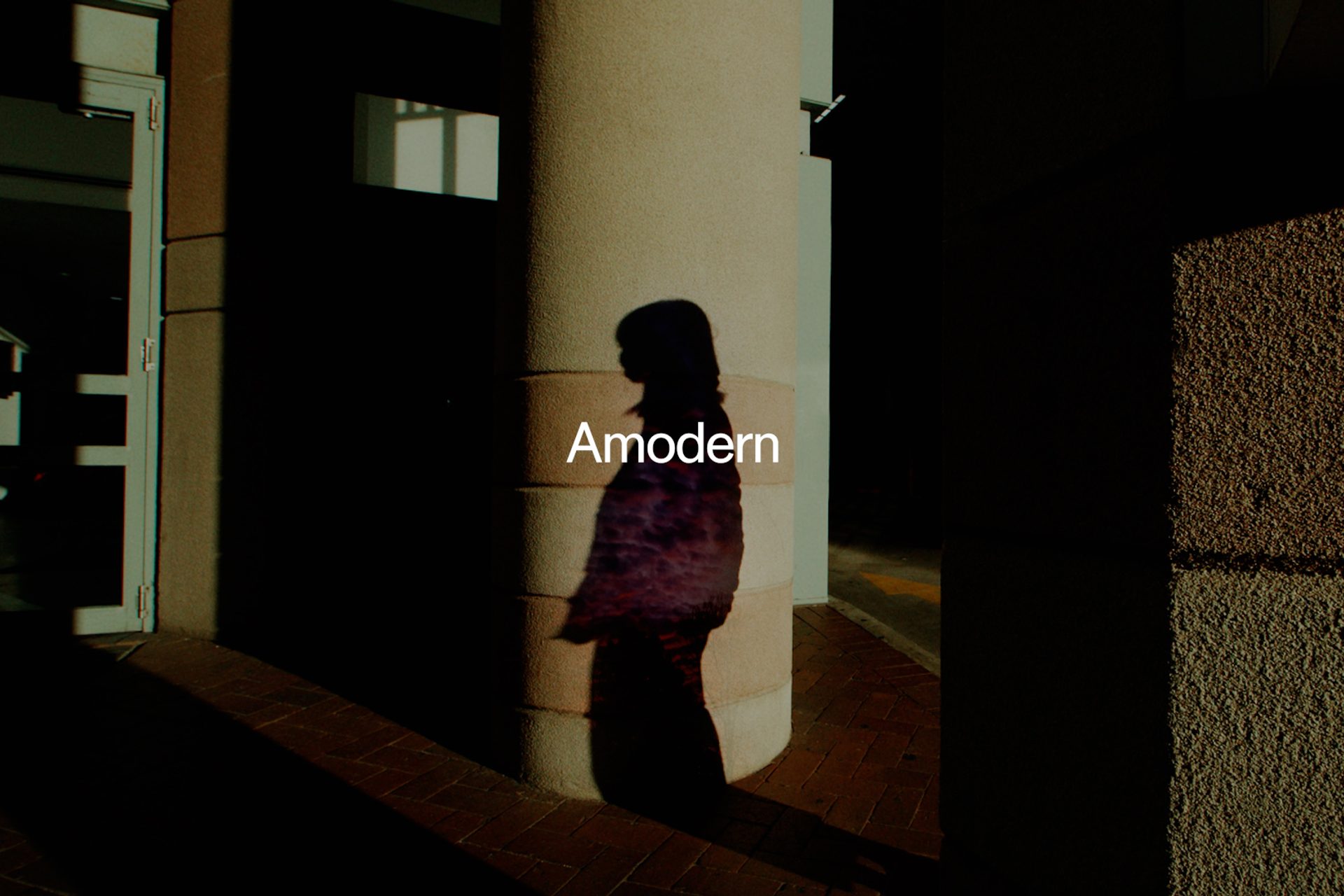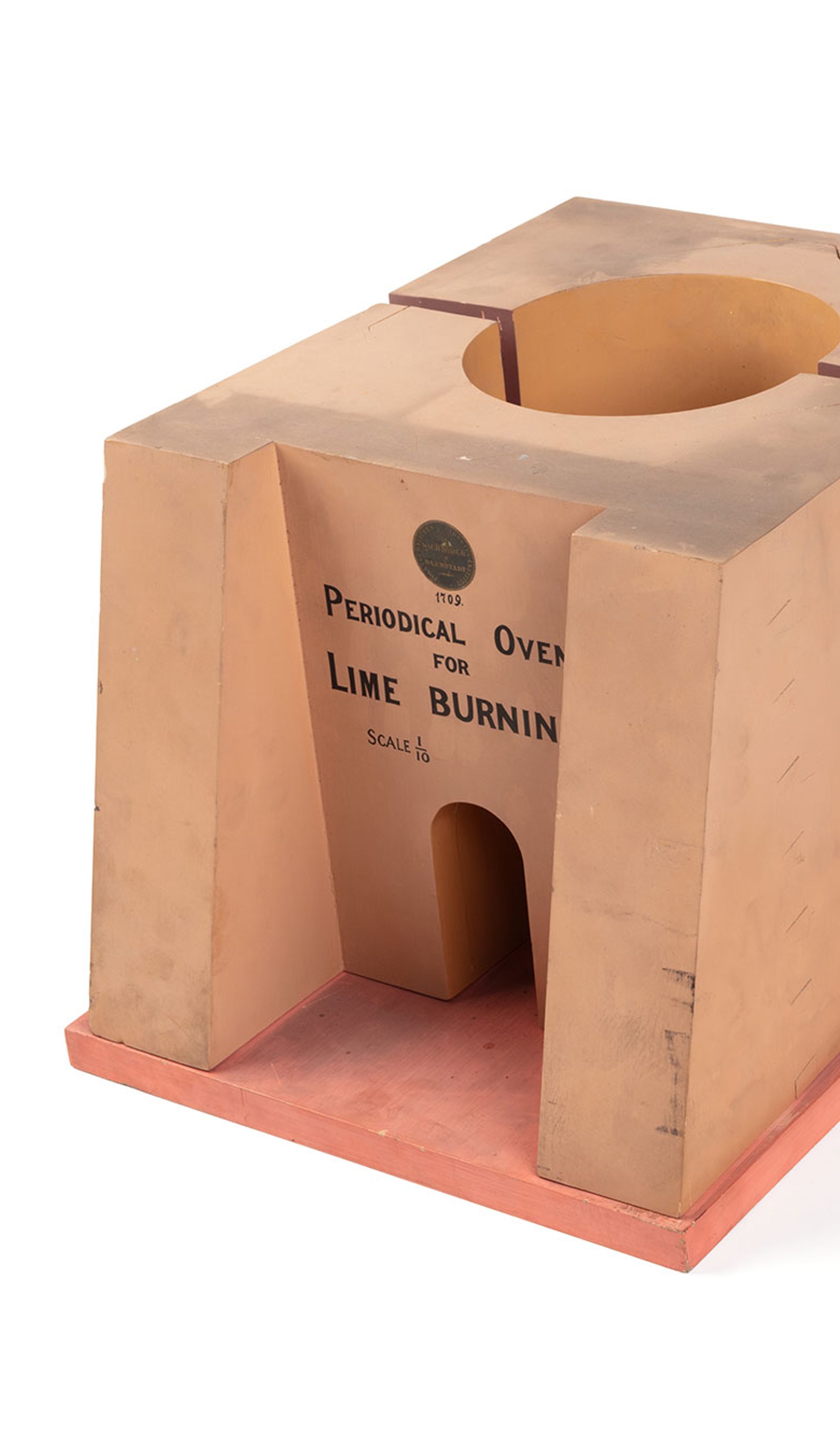
AGGREGATE/ABSENCE
The nature of colonial archives is governed by the accumulation of objects and their stories, so how may we read the material and narratives that have been excluded from these archives?
This discussion examines the failure of colonial archivists to fully document and acknowledge the extent of colonial violence, and how the omission of certain information from archives can also be read as a form of violence.
Powerhouse design resident Joel Sherwood Spring, Garigal researcher Lauren Booker andPowerhouse head of collections, First Nations, Nathan ‘Mudyi’ Sentance discuss the limitations of colonial archives and highlight not only the boundaries but also what lies beyond them.
Speakers
Lauren Booker (Garigal) is a research fellow and PhD student in the Indigenous Archives and Data Stewardship Hub at Jumbunna Institute for Indigenous Education and Research, University of Technology Sydney. Booker has worked across the museums and archives sector on projects supporting First Nations communities and organisations to access their Indigenous Cultural and Intellectual Property (ICIP) held in collecting institutions. This includes working in consultation with the public library network on language documentation identification and the use of manuscripts in language revitalisation. Booker’s work also supports Aboriginal and Torres Strait Islander peoples reclaiming archives, personal information and ICIP by focusing on digitisation, the organisation of digital community archives and advocating for increased Indigenous rights in records. She is a strong supporter of post-custodial archives, repatriation, Indigenous Cultural and Intellectual Property rights and Indigenous Data Sovereignty. Booker is a member of the Indigenous Archives Collective.
Nathan ‘Mudyi’ Sentance is a Wiradjuri librarian and museum educator who grew up on Darkinjung Country. Sentance currently works at Powerhouse as head of collections, First Nations, and writes about history, critical librarianship and critical museology from a First Nations’ perspective. His writing has been published in The Guardian, British Art Studies, Cordite Poetry Review, Sydney Review of Books and on his own blog The Archival Decolonist.
Joel Sherwood Spring is a Wiradjuri anti-disciplinary artist and Powerhouse design resident. He works collaboratively on projects focused on examining the contested narratives of Australia’s urban cultural and Indigenous history in the face of ongoing colonisation.He is a co-director of Future Method Studio, a collaborative interdisciplinary practice working across architecture, installation and speculative projects. He guest-edited Runway Journal’s 44th issue TIM, in 2021 and was a commissioned artist for Ceremony, the fourth National Indigenous Art Triennial in 2022 at the National Gallery of Australia.










